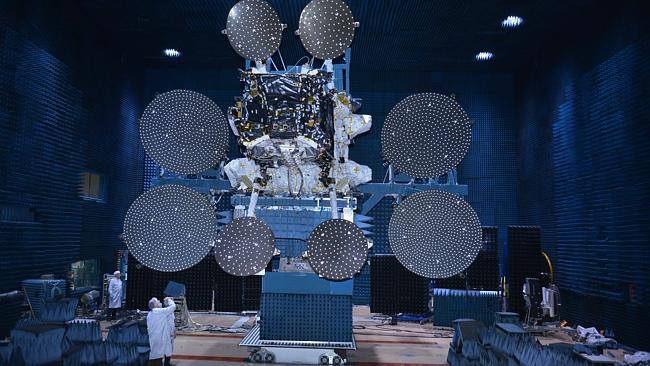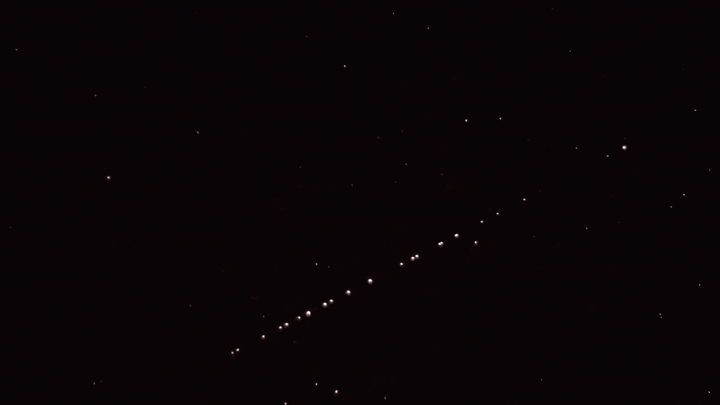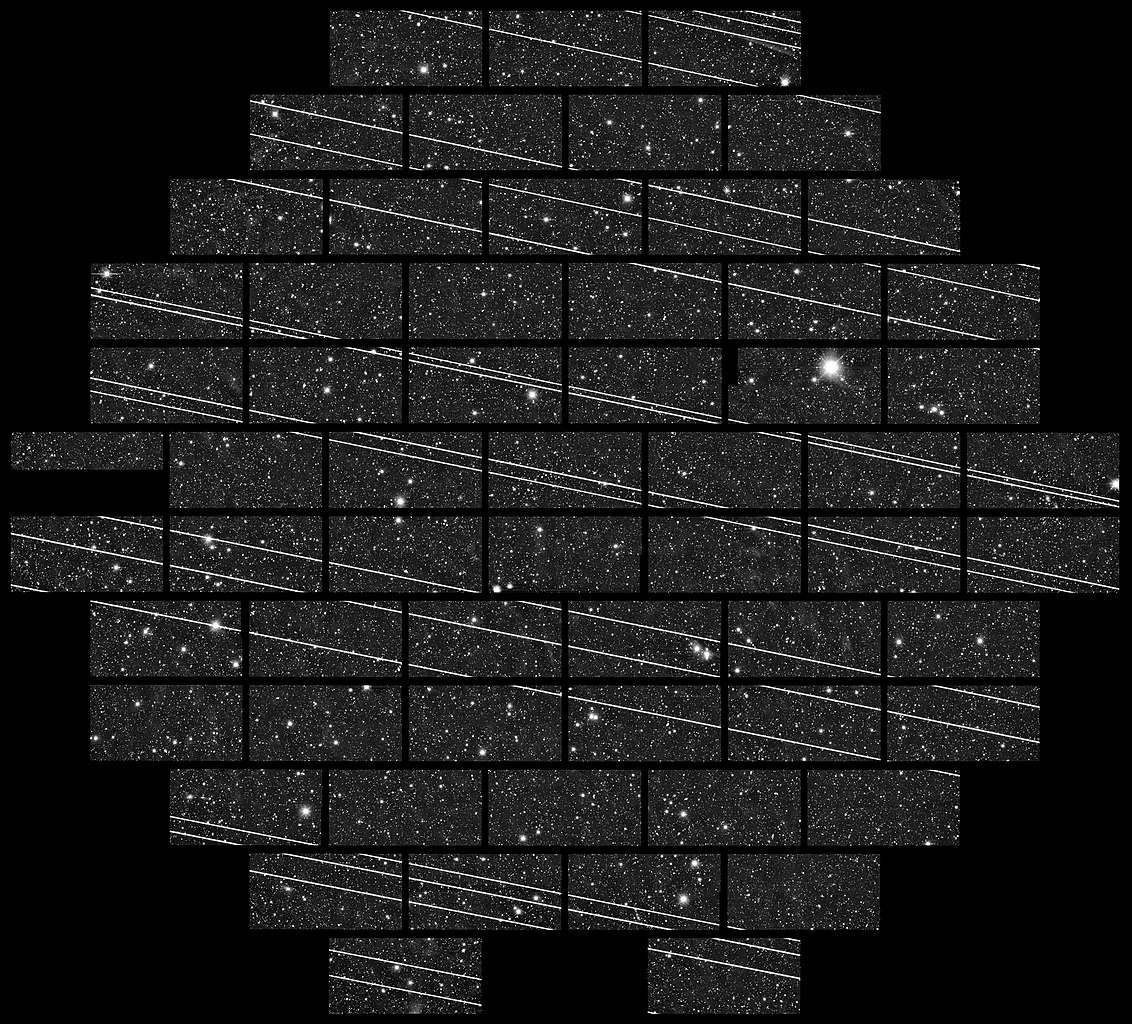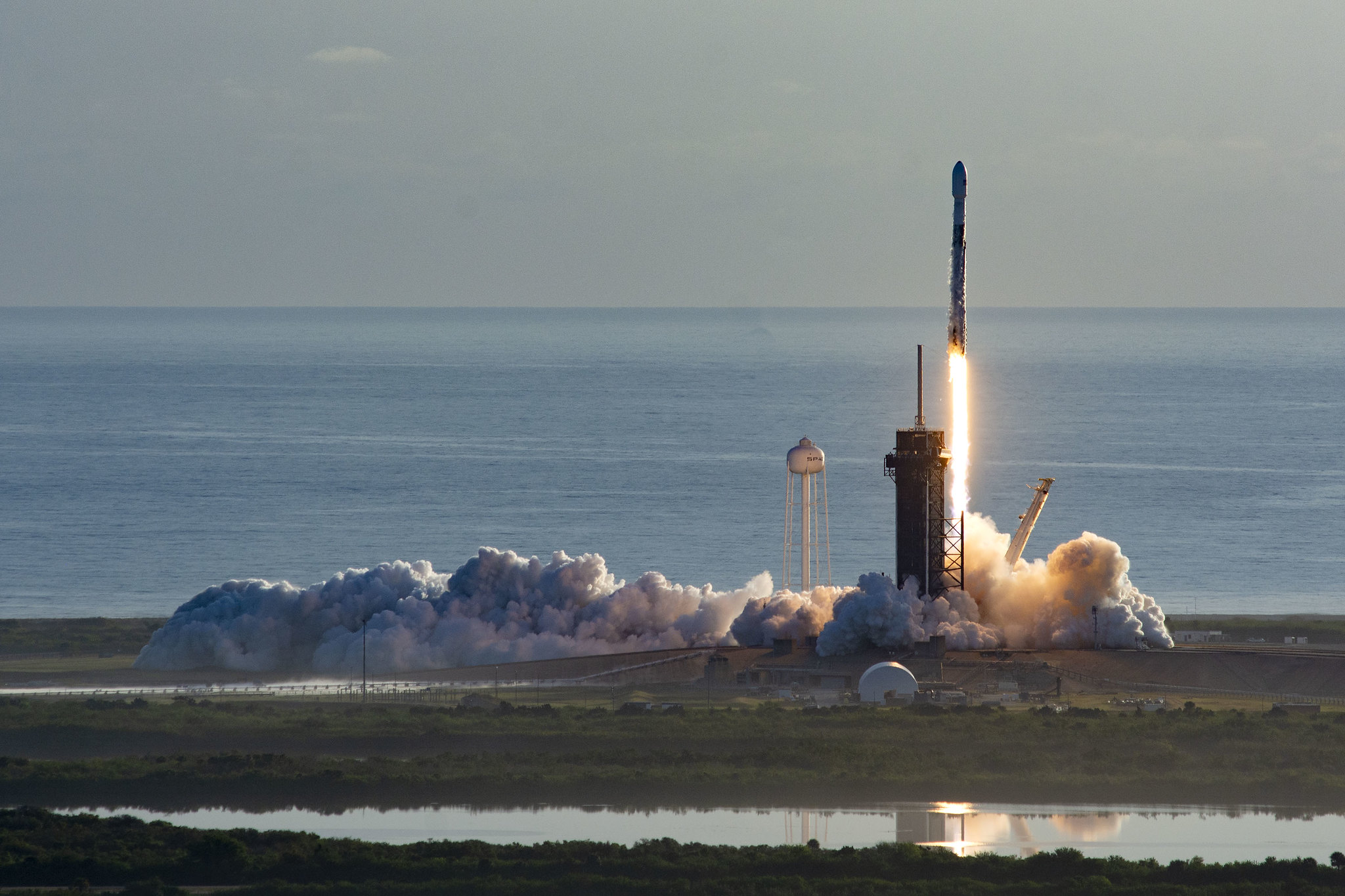Does COVID-19 have you thinking about moving to an off-the-grid property in the middle of nowhere but you aren’t quite ready to give up your online gaming and Netflix habits?
Or maybe you’re just generally tired of Australia’s substandard internet speeds, which continue to slip down the Speedtest Global Index (we’re now 68th).
Never fear, real-life Iron Man Elon Musk wants to save you from bad internet.
If it wasn’t enough to make electric cars and space travel sexy again, the SpaceX CEO now wants to bring affordable high-speed internet to everyone, everywhere.
How? With the company’s soon to launch global internet offering Starlink. It uses low Earth orbit satellites to beam the internet to almost anywhere. And when I say everywhere, I do mean everywhere – including off the grid cabin dwellers the world over.

How much? How fast?
SpaceX engineer Kate Tice reported on a webcast in early September that their private beta is already showing download speeds exceeding 100mbps with very low latency. In other words, it’s fast enough to download a bunch of HD movies at once or play Overwatch with no lag.
Contrast this with the existing NBN-operated satellite service to regional areas, Sky Muster, which tops out at just 25mbps.

The monthly cost of Starlink is expected to be around US$80. Assuming it will be the same price in Australian dollars, this is generally cheaper for similar NBN wired offerings and a bit more than Sky Muster (which is still four times slower).
All the satellites
Unlike Sky Muster, which consists of just two satellites, Starlink is a satellite internet constellation, which could consist of up to 42,000 satellites when it’s complete. In this way, Starlink could provide near global internet coverage by sheer volume.
To put the size of Starlink into perspective, as of April this year, there were only 2666 satellites currently in orbit. In other words, Starlink would add nearly 16 times more satellites to the sky above us.

The sheer potential number of satellites, which could one day turn into space debris, is why SpaceX had to make Starlink low Earth orbit. In so doing, Starlink satellites that are no longer being used would fall to Earth and break up in the atmosphere rather than adding to the existing space rubbish problem.
At what cost?
While Starlink may have Australian Redditors all in a nerdy tizzy about finally getting fast internet, the thought of thousands of shiny new satellites cluttering up their view of the universe is really worrying astronomers. Indeed, the Starlink satellites already launched are having an impact on their ability to study the universe.
In fact, some legal experts are saying SpaceX broke the law when they told the FCC that Starlink would not “have a significant environmental impact,” thus excluding it from assessing the project’s potential impact on the environment.

These impacts include emerging concerns about the potential use of highly toxic mercury fuel and increased greenhouse gas emissions as a result of drastically increased global internet use. Worldwide, internet related energy use is already growing at 9% a year, largely driven by developed countries with all our video calling and streaming services.
SpaceX’s response so far is to start painting their satellites black to make them less reflective, but astronomers are still sceptical.
Regardless, Starlink is still moving ahead. A public beta is expected before the end of this year in the Northern US and Canada, but it’s still unclear when the service will be offered in Australia – and whether it’ll be worth the cost.









